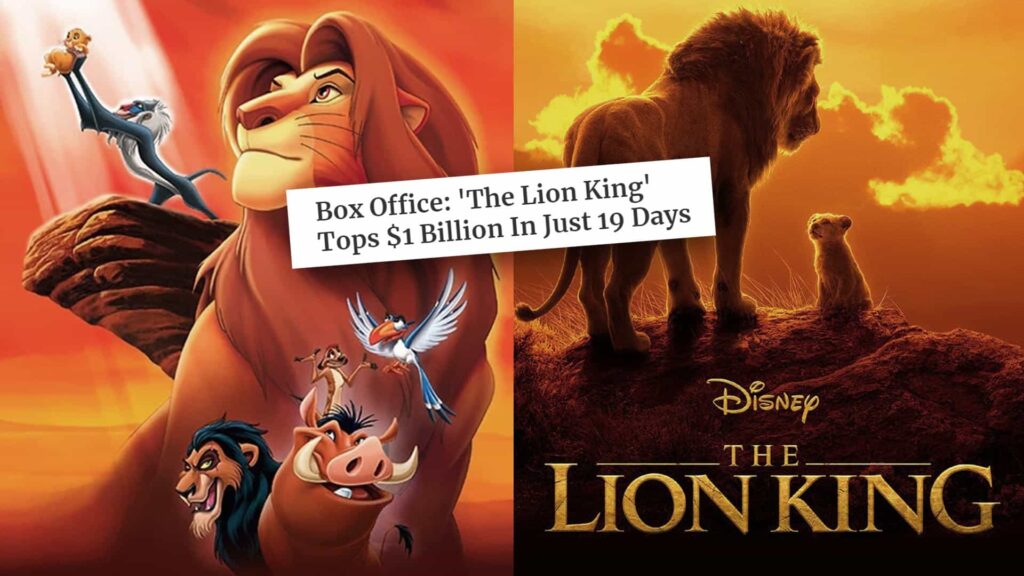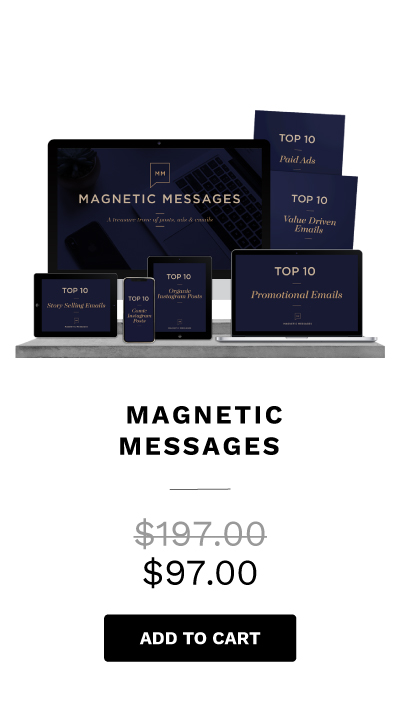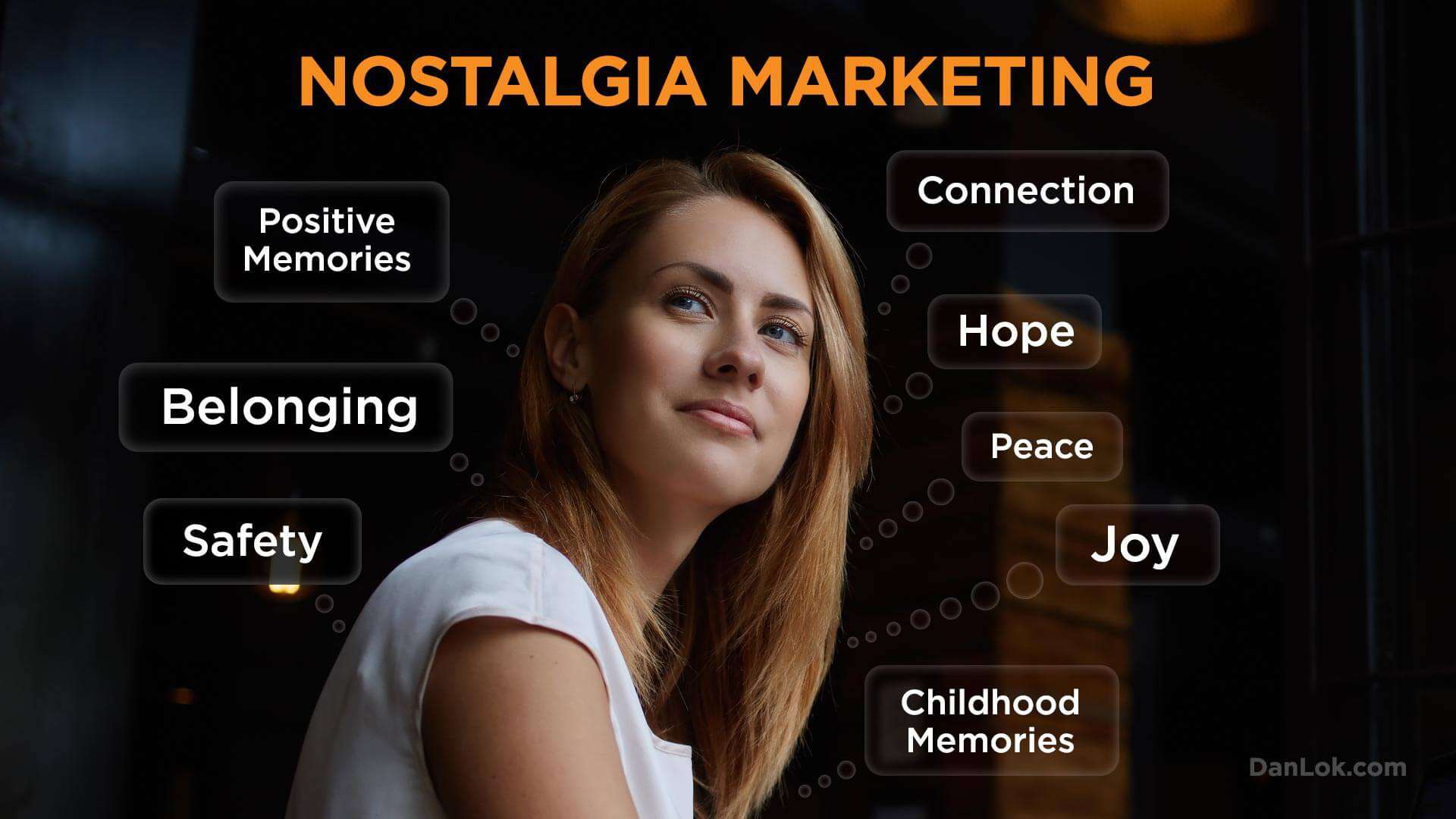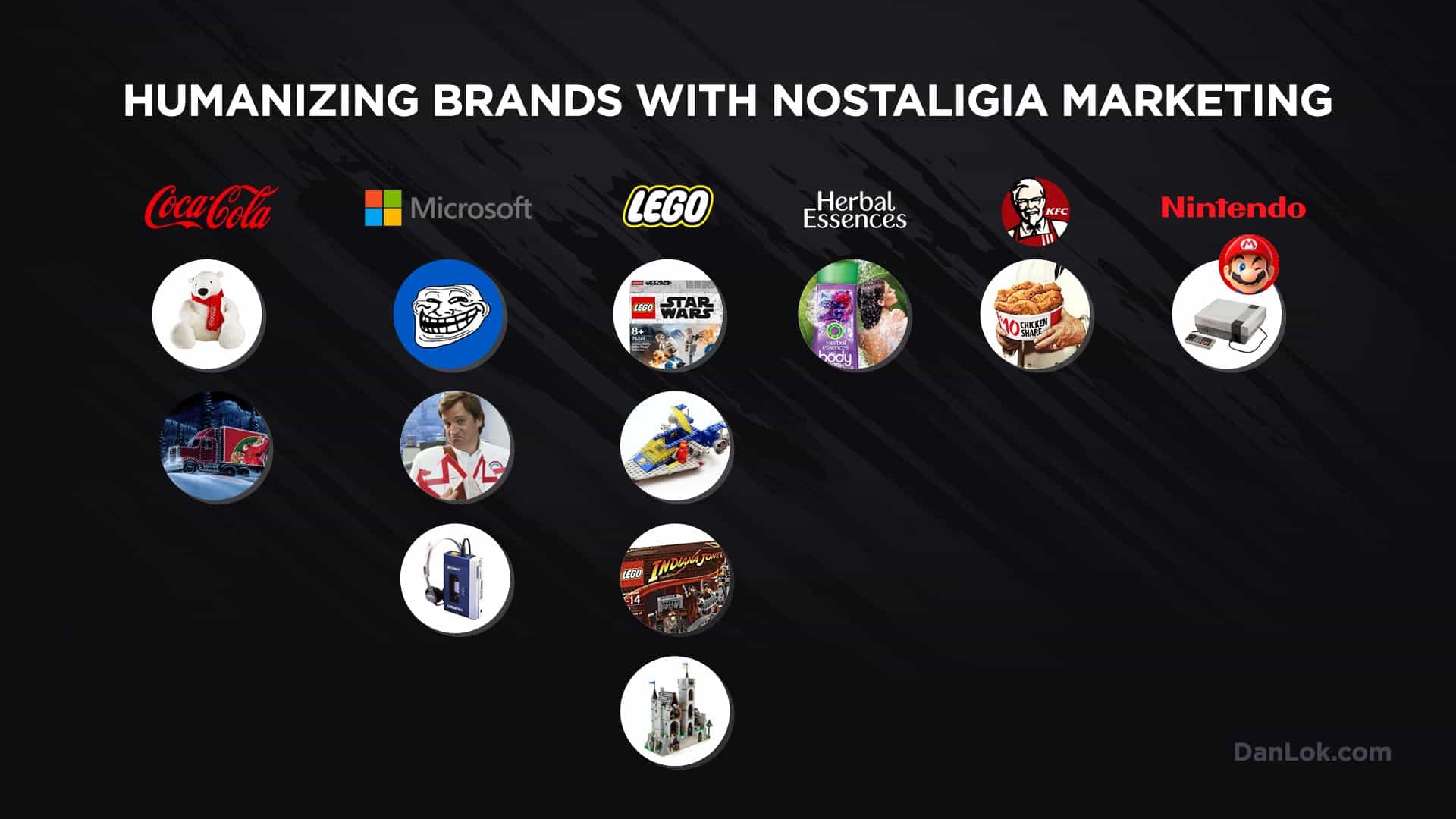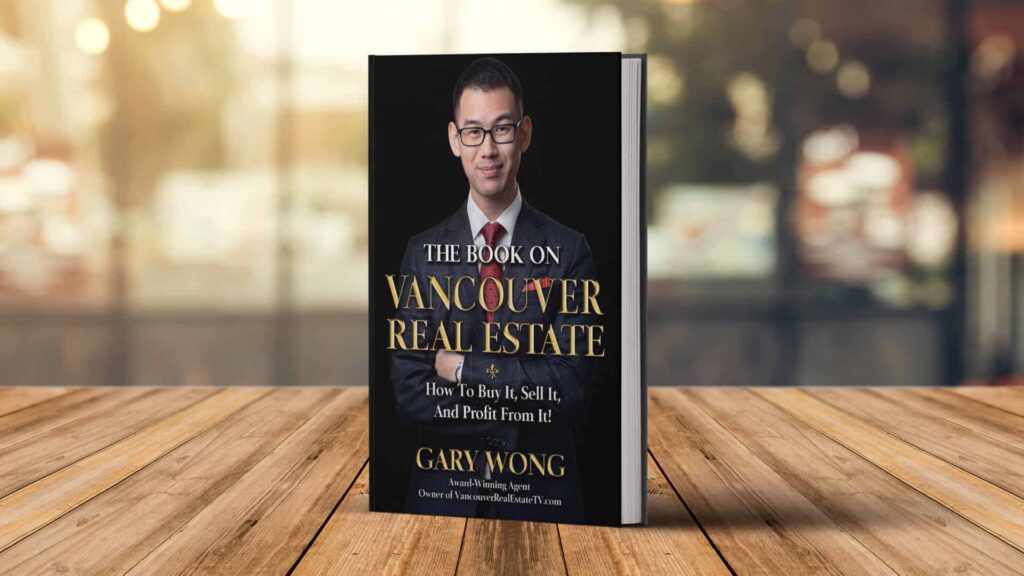Are you wondering how to find a business mentor to help you grow and succeed in life? The real question is, do you find a business mentor, or does your business mentor find you?
I believe that much of the time, your business mentor finds you.
A lot of people have a lot of different goals that mentors can help them achieve. These goals typically include making more money, successfully starting a business, scaling a business, closing more clients, finding a purpose, discovering the high-income skill you’re best-suited for, upgrading your skills, making an impact, and achieving success in life.
Without a business mentor, it can be extremely difficult to navigate the tough world of business. A business mentor can teach you everything from key skills to survive in the business world and how to get clients, to networking tips and business acumen.
Finding the right mentor can make or break your shot at success. If you learn how to find a business mentor, it could make all the difference in the world for you.
Some of the most common questions I am asked are questions about how to find a business mentor. I believe that the reason I am asked this so often, is because people know that figuring out how to find a business mentor will lead to achieving success faster.
What Should You Look For in a Mentor?
You want to find someone who you resonate with, and who you respect. Just because someone is successful financially or mega-wealthy, doesn’t mean they’re going to be a good mentor.
In other words, don’t just look at how rich or successful they are. Ask other questions. Do you connect with this person? Do you share the same values? And do you respect what they do? Are they an ideal role model for you?
They might be successful, but are they successful in the kind of way you strive to be?
Finding the right mentor can make or break your shot at success. If you find the right business mentor, it could make all the difference in the world for you. Share on XAnother good question to ask yourself is, do you feel comfortable around them? And are you comfortable approaching them?
Show Your Mentor How You Can Add Value
Many people make the mistake of approaching business mentors with this attitude of, Well you’re successful, so you should help me, because I’m not successful, and I deserve to be.
That’s the wrong attitude. Your mentor will be much more likely to help you if you add value to their life first.
You need to show your mentor how you can add value to their life, before asking for their help in return. Always give first, before you ask for anything back.
Perhaps you can offer to act as an intern of sorts, and help them write copy or help them with various business-related tasks. They might even pay you for your work, and then you’d be earning while you’re learning.
There are many ways to add value, but providing services in the form of work, in exchange for mentorship, is a great option.

Don’t Be Afraid to Ask
It can certainly be intimidating to approach a mentor who you look up to and are inspired by. It’s intimidating to ask for mentorship, but if you don’t ask, you’ll never receive what you want.
It goes without saying that you absolutely must summon the courage to ask, because otherwise you stand no chance of gaining a mentor.
Before you ask for mentorship, however, you must know the right way to ask. It’s best to demonstrate that you’ve done your due diligence before reaching out. It’s also best to avoid sounding entitled, be sure to have no hidden agenda, and respect the mentor’s time.
Never Approach a Mentor With a Sense of Entitlement
Remember that just because someone is successful and in a better position than you are, doesn’t mean they’re under any obligation to help you succeed.
I am a great business mentor, and I love mentoring others. However, I get messages all the time from entitled people who say things like, “Hey, Dan, help me out.”
This is not the right way to ask for mentorship.
Why should I help you out based on that short, entitled message?
What you need to do is show me that you’ve done your due diligence. Show me that you’ve done your research and have clear goals in mind. Explain to me why you’re worth my time, keeping in mind that I get hundreds of requests every week. Tell me how you can add value to my life, instead of acting entitled and saying, “Hey, can you help me out?”
Respect the Mentor’s Time
Learning how to find a business mentor is one thing, but learning how to interact with them is a whole other thing. Once a mentor agrees to have lunch with you, meet with you, or have a phone conversation with you, you must respect their time.
If they’re successful enough to be sought-after as a mentor, that means they’re likely very busy. Respect their time by having clear questions prepared for when you meet with them.
Research your mentor and their business. Know what you want to ask, and what you want to gain from your first meeting. If you stumble on your words, hesitate, or seem unsure of what you want to ask, you’ll seem unprepared. It’ll seem like they’re wasting their time meeting with you, because you were unprepared for the meeting.
Don’t Come at Them With an Agenda
When it comes to how to find a business mentor, know that you won’t find one if it’s clear you have an agenda. When you reach out to mentors, you should be very sincere and respectful. Don’t come at them with any sort of agenda. Make it clear that all you want is knowledge, and that you’d be very appreciative of it.
Don’t make it seem like you want a job, an introduction to some influencer, or some other favor. Avoid making it seem like you have an agenda.
If you approach them with sincerity, with no agenda, and approach them the right way – the mentor is more likely to be responsive to you.

Put Some Skin in the Game
Some people pay their mentors for their coaching services, to show their mentor that they’re serious. When you put skin in the game, the mentor knows you’re serious about your goals.
Not everyone does this, and you don’t have to, but it makes sense when you think about it. Mentorship is very valuable, so it’s a good investment.
You’re investing in yourself through your mentor. If learning from this person costs money, think of it as a great investment in yourself and your future.
Some business mentors believe that if you put money in, you’re more likely to implement what you’re taught. It’s sort of like buying a very expensive gym membership. Imagine it’s an upgrade from your old gym which was free or very cheap. Suddenly, you’ll probably go to the gym more, because you’ve invested all of this money that you don’t want to waste.
Now, remember that you don’t have to pay your mentor. There are other ways you can add value, as I just described, and no money has to be exchanged.
How I Met My Business Mentor
It’s time for me to tell you how I met my business mentor, who changed my life.
When I was in my early 20s, I met my mentor Alan Jacques. At the time, he ran one of the most successful financial education companies in Canada. They were doing a lot of direct mail sales copy. Many people might think of direct mail as junk mail. However, I actually collected the direct mail and read it, and I was learning about copywriting by reading his sales copy.
I was fascinated by how the marketing was done, and I realized I wanted to meet Alan Jacques, the person who was behind these direct mail pieces being sent out. Alan was brilliant. He was one of the first people to pioneer the concept of the free seminar model in Canada.
This clever sales model involves getting people to attend a free seminar or workshop, and from there, convincing people to purchase high-ticket programs.
One day, I was attending a free workshop, and I suddenly noticed the name tag of the person sitting next to me. The name tag said “Alan Jacques”. This man was my idol because of his marketing genius.
I immediately started talking to him, and I asked him, “Are you Alan Jacques, the one who’s been sending the direct mail sales letters, inviting people to attend the free seminars?”
Alan nodded and said, “Yes, that’s me.”
“No way!” I exclaimed. “You’re my hero!”
Alan was taken aback. “You’ve attended my workshops?” He asked me, inquisitively.
“No, no, not the workshops,” I explained. “You’re my hero because of the marketing in those direct mail pieces! I love the way you do marketing, it’s genius! In truth, I collect your direct mail in a binder, and I study the copy. I admire you so much.”
I could tell Alan was surprised by this. He probably wasn’t used to people acknowledging his direct mail strategy or his marketing copy. He was probably used to being recognized for his workshops, not his direct mail.
How To Find a Business Mentor by Taking Them to Lunch
I continued chatting with Alan Jacques a bit longer, and I couldn’t contain my excitement.
“Could I take you to lunch?” I asked him.
I knew this was a good approach, since lunch isn’t a big commitment, and man’s gotta eat.
Alan agreed to go to lunch with me, and that’s how our relationship started. I ended up offering to work for his company for next-to-nothing for one year. I was so excited.

Offering to work for him was how I added value in advance.
I wanted to add value to what he does, because I knew he didn’t need me. I wanted to add value so that he’d want to invest his time helping me later on.
At the office, we did a lot of direct mail, so I helped stamp, address, and seal the envelopes. I helped him organize his paperwork. I helped out with various other administrative duties. Eventually, I gained his trust and I got to help with more important responsibilities.
How My Mentor Changed My Life
One day at the office, my mentor Alan Jacques finally asked me what I was waiting for him to ask. He finally asked me to help him with some marketing copy.
Alan is the reason I learned my first high-income skill, copywriting. He taught me how to use words to persuade and influence people. Learning the lucrative skill of copywriting through Alan Jacques changed my life.
Alan gave me his spill-over clients. These were the clients he didn’t have time to take on, or the clients who couldn’t afford his high prices.
He got so many requests, that he was able to give me the extra work. He’d often tell his clients “My mentee Dan, who has learned directly from me, can do this for you at the price you’re requesting. My prices are a lot higher.” So his clients would often agree to let me write the copy.
The spill-over clients helped me master the art of copywriting. I didn’t know it at the time, but soon I would be a young copywriter earning over $10,000 per month. That’s how I got my start, and I owe it all to my mentor Alan Jacques.
I went all in with Alan Jacques. I learned everything about copywriting from him. It goes without saying that I would highly suggest going all-in on one great mentor, like I did.

Go All In With One Great Mentor
Don’t learn a little from everyone. Go all in with one great mentor.
In martial arts, the great ones have been with the same instructor for years and sometimes decades. And they stick with the same style of martial arts, in order to learn and master one type of martial arts.
Imagine if one day you go to a Karate class, and the next day you go to Kung fu, and so on, what happens? It’s impossible to become skilled at any one of them, because you keep switching, and you’re not focused on mastering one type of martial arts.
Renowned martial artist Bruce Lee famously said, “I fear not the man who has practiced 10,000 kicks once, but I fear the man who has practiced one kick 10,000 times.”

Bruce Lee understood the power of focusing on one specific skill. In his case, he focused on mastering one specific martial arts move at a time, rather than trying to learn all of the different moves at once. Lee was known for the thousands of hours he dedicated to perfecting his skills as a martial artist.
If you just go all in with one mentor and learn as much as you can about his or her specific type of business, you’ll end up learning a lot.
Need a Business Mentor?
If you need a business mentor, it’s probably because you’re sick of going in circles in your career. Or, you’re frustrated that your business is stagnant rather than growing or thriving. Perhaps you’re having trouble finding clients, or once you find them, you can’t close them. In other words, you need some help. You need some coaching.
Remember that business mentorship is not a short-term, quick-fix solution. Business mentorship is a life-long effort towards self-growth and personal development, which can lead to high performance and financial confidence.
My Exclusive High-Ticket Closer Certification Program is an elite group mentorship program that teaches you the most important skills required to succeed in the tough world of business. You’ll learn how to be a better closer, and how to close higher ticket offers that make you more money. You’ll also learn better business acumen, high-performing self-management, and you’ll learn how to improve your communication, team management, and business skills.
If you’re tired of going around in circles in your career, or tired of being unable to reach your business goals, click here to apply for my mentorship program.







